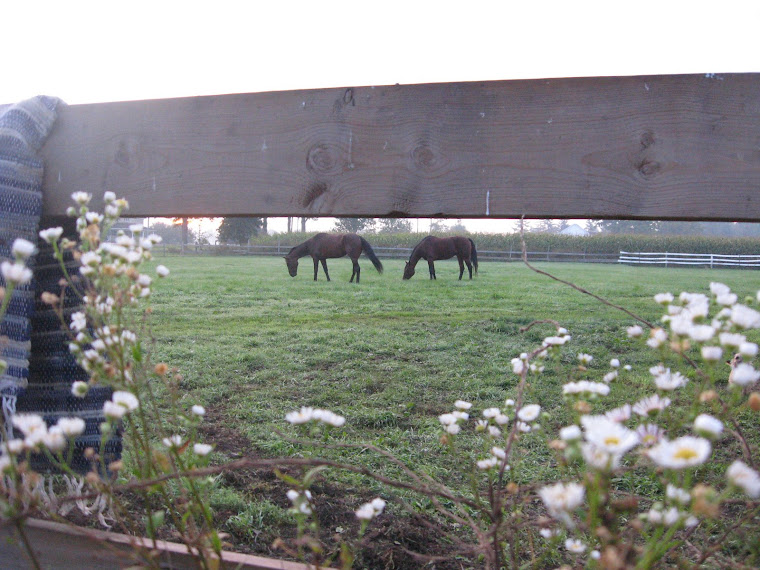Math
Counting
1. Count to 100
2. Skip count by tens.
3. Skip count by fives.
4. Skip count by twos.
Use objects such as coins or macaroni or beans. Especially with counting by twos, use pennies, two at a time.
Once he counts well to 100 and recognizes his numbers, make exercises like this:
___ 16 ___ (He must fill in the numbers that come before and after.
He can learn less than (<) ; greater than (>) & equal (=).
Writing numbers
Print numbers from one to thirty. If your child is very quick, make up a chart with numbers missing and have him fill in the numbers up to 100. He should be able to recognize and copy the written word numbers up to ten at least.
Addition
Teach the facts in families.
Five family
1 + 4 = 5
2 + 3 = 5
3 + 2 = 5
4 + 1 = 5
Teach that any time you add 0 to a number, the number stays the same. He should know all of the families to the 18 family by the end of grade one. It is not hard to do, so don’t sweat!
You can teach that addition has an opposite in subtraction, so if 1 + 4 = 5, then 4 + 1 = 5, and 5 - 1 = 4, and 5 - 4 = 1. Don’t teach subtraction until at least the 10 family is mastered in addition.
Money
Know the names of the coins and their value. Practice simple counting of coins. Play store! Talk about the prices when shopping or looking through flyers. Teach them that Daddy works hard to bring home enough money to buy food, clothing, etc. Teach them that they should be careful with their things, because if they break them, Daddy must spend his life to replace them.
Time
Teach that the short hand points to the hour; the long hand shows us how many minutes are after the hour.
Start with o’clock. When the long hand points straight up to the top of the clock, it is “something o’clock”. The short hand tells us WHAT o’clock it is.
Follow that with “half past” or “thirty”; then quarter to and quarter after. By this time the child should know how to count by fives, and you show them how to count by fives around the clock.
Sixty minutes = one hour
Thirty minutes = half hour
Twenty-four hours = one day
Seven days = one week
Fifty-two weeks = one year
365 days = one year.
Months; calendar work; days of the week. Keep a calendar with special events. You may want to chart the weather for a month.
I have blank clock sheets for you.
In Grade one, they should learn addition and subtraction with no regrouping, o’clock and half past, simple measurements, simple calendars, adding change up to a quarter, pictures of common fractions , place value of ones and tens and hundreds, greater than, less than, more, fewer, bigger, smaller (comparisons).
The Collected Best Books of 2025
22 hours ago






No comments:
Post a Comment